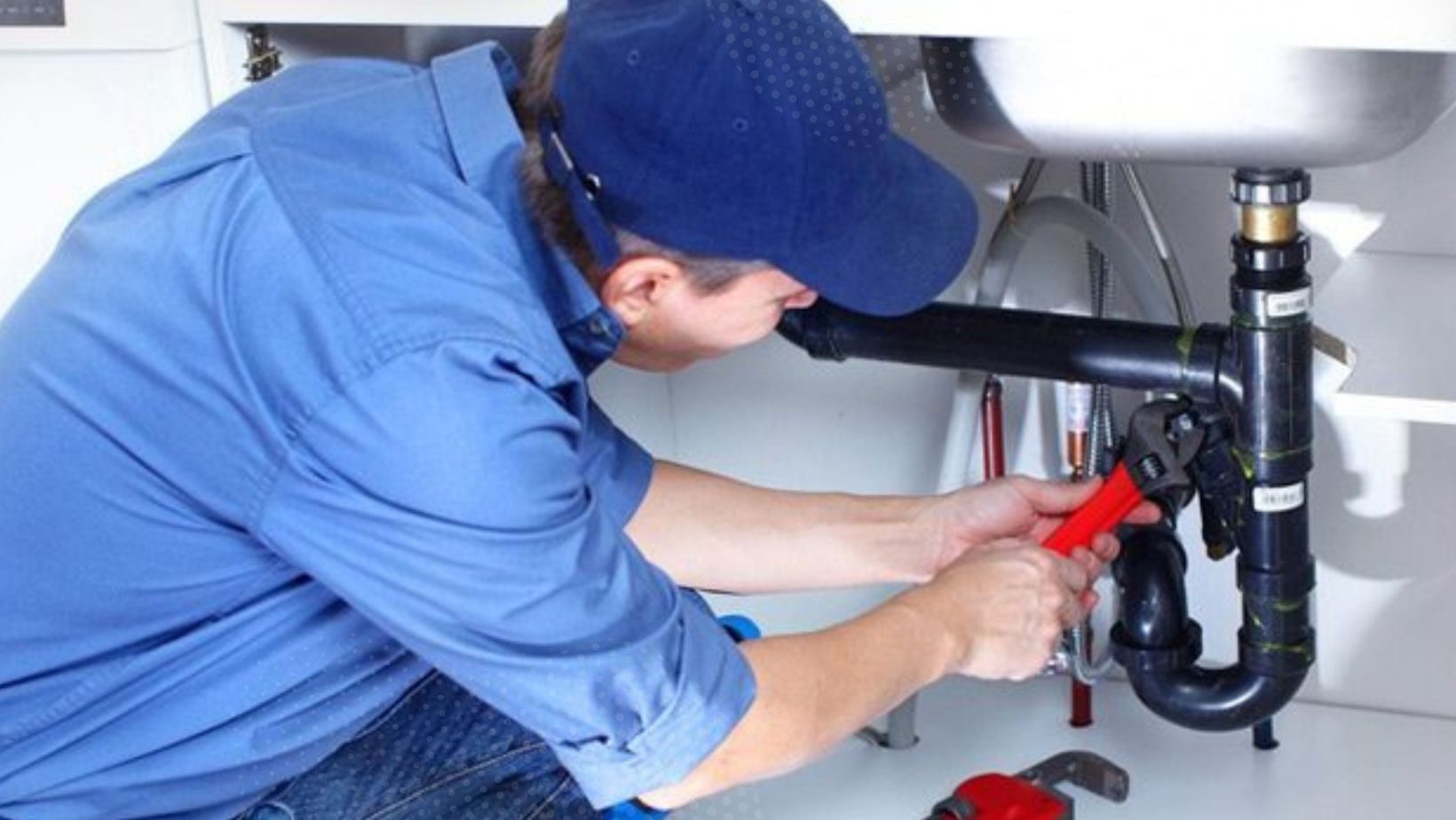Running a plumbing business in today’s world isn’t what it used to be. The jobs still involve pipe wrenches and fittings, sure—but behind the scenes, it’s a whole different game. The office isn’t just the back of the van anymore. It’s tablets, dashboards, apps, and real-time updates. And if you’re still chasing down handwritten invoices or using a dry-erase board to track your crew, you’re not just working harder—you’re falling behind.
There’s a new kind of tech showing up in the trades, and it’s not flashy. It’s not hyped up. But for the business owners using it, it’s quietly turning long days into smarter ones—and growing their bottom line faster than they expected. Let’s break down how the shift is happening and how to ride the wave instead of being swallowed by it.
The c Is More Data-Driven Than You Think
For a long time, plumbing didn’t feel like a business that needed much tech. Most of it happened on-site, hands-on, and face-to-face. But the hidden side of the job—the scheduling, quoting, dispatching, invoicing, and customer communication—has exploded in complexity. You’re not just a plumber anymore. You’re a business operator juggling ten spinning plates while fielding calls and reviewing parts orders in the same breath.
That’s where data comes in. When every estimate, job completion, and follow-up call can be tracked and turned into insight, your business starts running itself a little more clearly. You begin to see patterns—slow seasons, high-profit service types, and even which techs close more jobs. This shift doesn’t take away the hands-on work, but it clears a whole lot of fog around it. And that’s where the smarter plumbing companies are winning.
From Gut Feel to Precision: The New Way to Make Decisions
Business owners used to run on gut instincts. You just knew when things were busy or slow. You felt it when the month was good or off. That’s a real skill—and it still matters—but it only gets you so far when customer expectations have changed. Now, people want fast quotes, same-day service, and online booking. You can’t deliver that with guesswork.

Today’s decision-makers are using simple tech tools to track what’s working and what’s wasting time. Instead of hoping your ad dollars bring in calls, you can see which campaigns work in real-time. Instead of wondering if a job was completed on time, you can pull it up on a screen. You even get data on common service types—like whether you’re doing more emergency calls than installations or if there’s demand for something new, like rainwater tanks in your area. That kind of clarity opens up space to actually grow.
The Surprising Software Turning Chaos Into Control
There’s one quiet change that’s made a huge difference for plumbing company owners who’ve hit a wall with pen-and-paper management. It’s called commercial plumbing software, and while the name might sound dry, what it actually does is pretty powerful. Instead of spending your evenings catching up on paperwork or calling techs to check in, you see it all in one place.
Job statuses, team locations, parts used, payments sent—it’s all laid out. Techs can check in from the field, customers get text updates, and nothing slips through the cracks. Suddenly, you don’t have to guess where your team is or whether someone followed up. That kind of organization doesn’t just save time; it builds trust—with your crew, your clients, and your future self.
What’s even more unexpected is that these tools aren’t just for big outfits. Some of the fastest-growing companies are small teams that got smart early. They use software to do the heavy lifting so they can stay out on the job and still grow like a much larger shop. When every hour counts, getting that time back makes all the difference.
When Tech Fits Your Team, Not the Other Way Around
Adopting new tech doesn’t have to mean turning your company upside down. A lot of business owners avoid it because they think it’ll be too complicated, too expensive, or too much of a headache. But the smart ones know it’s all about choosing field ops software that feels like it fits the way they already work. Not the other way around.

Good tools don’t ask your techs to become IT pros. They slide into your day naturally—simple mobile apps for dispatch, auto-synced calendars, and easy job checklists. When tech is built for humans, not just spreadsheets, people actually use it. That’s the key. No one wants to waste time learning a system that feels like another job. You want something that gets out of the way and makes everything smoother.
Your Future Business Is Built on How You Work Today
If there’s one thing the best-run plumbing companies have in common, it’s that they treat each day like an investment in what they’re building. They don’t just fix pipes—they build systems. The ones who are thriving didn’t wait for someone to walk into their shop and sell them a miracle. They got ahead by looking honestly at what was dragging them down and choosing tools that pulled them forward.
Technology won’t replace the skill in your hands or the experience in your gut. But it can clear the clutter, speed up the boring stuff, and help you say yes to more of the jobs you actually want. That’s how you grow—not by working harder, but by working smarter with what you’ve already got.
The trade is still the trade. But the business around it? That part has changed. And for the owners who are paying attention, it’s never looked better.